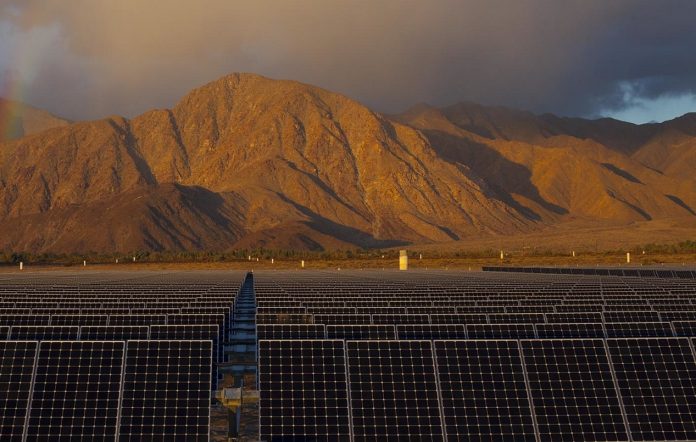The US Department of Commerce (DOC) has been directed to integrate climate considerations into its policymaking just one month after it launched a solar tariff investigation that industry players have warned is already hampering the country’s clean energy transition.
Commerce Secretary Gina Raimondo announced on Friday a department administrative order, which states that it is the policy of the DOC to incorporate climate considerations, including mitigation measures, adaptation and resilience measures, and environmental justice measures into its policies.
The order also establishes a DOC Climate Council, which will coordinate the department’s climate work and provide Secretary Raimondo with recommendations on addressing the climate crisis.
In a statement made on Earth Day (22 April), Raimondo said the DOC is prepared to leverage all of its bureaus to ensure the Biden administration and communities across the US have the data and resources they need to mitigate the impacts of climate change.
“At the Department of Commerce we have been working tirelessly to use every tool at our disposal to help address this crisis and related economic impacts,” Raimondo said.
The comments were made one month after the DOC initiated an investigation into whether solar cells and modules assembled in Cambodia, Malaysia, Thailand and Vietnam are circumventing US anti-dumping and countervailing duty (AD/CVD) orders on cells and modules from China.
If the DOC rules in favour of the petition, tariffs of 50 – 250% could be applied to solar cells and/or modules from the four Southeast Asian countries and be applied retroactively, meaning the investigation is already causing widespread module supply issues in the US.
Some 83% of US companies have already had their module supply delayed or cancelled, according to a survey from trade body Solar Energy Industries Association (SEIA).
In a blog published on Friday, SEIA said the Biden administration has imperilled its emissions reduction targets with the AD/CVD investigation that will slow solar and energy storage deployment growth and “cause the United States to go backward on its climate goals”.
With the US aiming to have a carbon-neutral power system by 2035, research published last year by the Department of Energy suggested solar PV could provide up to 40% of the country’s power demand by then, but only if annual installations quadruple by the middle of the decade.
While a record 23.6GWdc of solar was deployed in the US last year, research firm Wood Mackenzie has suggested the AD/CVD investigation could result in the loss of 16GW of deployment annually.
With some module suppliers reluctant to ship panels to the US until the DOC makes a preliminary decision in August, developer NextEra Energy revealed last week it expects that 2.1 – 2.8GW of 2022 of its solar and storage projects might shift from 2022 to 2023.
If the DOC does find evidence of circumvention in the current investigation and were to come up with a final determination in January 2023, the tariffs would not be known until Q1 of 2025, according to NextEra management.
US DOC to integrate climate considerations into policies as PV sector tackles tariff probe fallout
A community microgrid in Borrego Springs, California.
Source:PVTECH

ViaJules Scully





